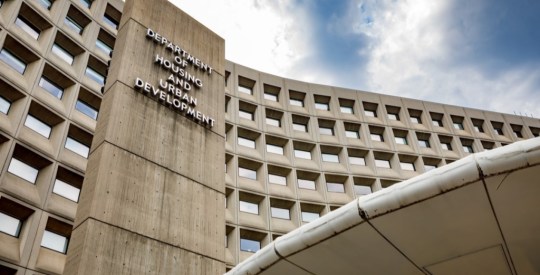Despite second quarter results that were better overall than analysts had expected, Wells Fargo & Co. (WFC) remains under growing pressure from a deteriorating $84 billion home equity portfolio, bank executives said Wednesday morning. Second quarter profit slipped 23 percent to $1.75 billion, or $.53 per share, compared to $2.28 billion, or $.67 per share one year earlier — but the bank saw its revenues rise, and boosted its dividend by 10 percent to boot. Analysts had expected earnings of $.50 per share, according to published reports. The strong overall numbers propelled the financial giant’s shares to their largest gain in more than two decades, as investors were cheered not only by the fact that the bank beat estimates, but that it has continued to post a profit in an environment that has seen lesser competitors pushed into the red — or even into the hands of the Federal Deposit Insurance Corporation, as in the case of IndyMac Bank. Shares in Wells Fargo were at $25.07, up 22.2 percent, when this story was published. Strength in other areas of the bank’s diversified businesses more than offset any weaknesses in the mortgage arena; the bank absorbed a provision for credit losses of $3.0 billion, including a reserve build of $1.5 billion, it said. But those losses mattered little relative to gains in both credit card fees and insurance segments. “In Wells Fargo’s case, the benefit of the credit crisis in terms of higher assets at higher spreads has so far largely offset the negative impact of higher charge-offs,” said CFO Howard Atkins. “We are one of the few banks that have the capacity to take advantage of such opportunities.” Seconds still lurking Despite the optimism, a burgeoning portfolio of second-lien mortgages at Wells Fargo that had in recent weeks concerned analysts and investors hasn’t gone anywhere; and, if anything, Wednesday’s quarterly result also holds evidence that the credit losses in that particular portfolio have yet to fully reverberate throughout the bank. Wells has a substantial $84 billion portfolio of home equity loans — and half of those are located in hard hit states like California and Florida; of that total, it has carved out the worst $11 billion for liquidation, with rest remaining as part of its “core” home equity portfolio. In the second lien portfolio set up for liquidation, the percent of loans that saw borrowers miss two or more payments rose during Q2 to 3.6 percent, up from 2.79 percent one quarter earlier. The $73 billion “core” home equity portfolio saw a similar rise to 1.88 percent in 60 day delinquencies, compared with 1.71 percent in Q1. So delinquencies continued to rise during Q2; net credit losses, however, did not. Charge-offs on second liens were actually down $104 million compared with first quarter 2008 — but don’t let that fool you. The improvement was primarily due to a change in how the bank handles its home equity portfolio charge-offs; earlier in Q2, the bank extended its charge-off policy from 120 days to 180 days, in an effort to give troubled borrowers more time to reach a loan workout (or to protect earnings, take your pick). “Although losses declined, the portfolio continued to deteriorate as property values search for a bottom,” Michael Loughlin, the bank’s chief credit officer. “Given the continued decline in home prices, we had more accounts move into the higher combined loan-to-value segments, which directly impacts loss levels.” As second lien borrowers see equity in their homes evaporate due to price depreciation, second liens become extremely vulnerable to loss. Which is why this stat matters more than most: approximately $35.6 billion of Wells Fargo’s $84 billion in home equity loans had combined loan-to-value ratios above 90 percent, according to the second quarter report. And that’s a figure based on automated value models, or AVMs, that were run in March 2008; were those AVMs run again today, it’s almost a sure bet that the number has gone up even further. Of course, seconds are only one part of the equation here. Wells boosted its total loss reserves to $7.52 billion during the quarter, compared with 6.01 billion one quarter earlier; against that, overall non-performing assets (including seconds) rose to $5.23 billion, up from the $4.5 billion recorded during Q1. Which means that loss reserves are well ahead of NPAs, a good trend. Taken together, the numbers suggest that while Wells’ footing is stronger than most — it has a diversified business, after all, and loss reserves are more than keeping pace with NPA levels — the bank is still far from out of the woods when it comes to the mortgage mess, particularly when it comes to home equity. Disclosure: The author held no direct positions in WFC when this story was written, although indirect holdings may exist via mutual fund investments. HW reporters and writers follow a strict disclosure policy, the first in the mortgage trade.
Second Liens Still Lurking at Wells Fargo
Most Popular Articles
Latest Articles
New HUD rule aims to increase lender participation in tribal housing program
HUD says the new rule is designed to increase and streamline Native American borrowers’ access to homeownership.



